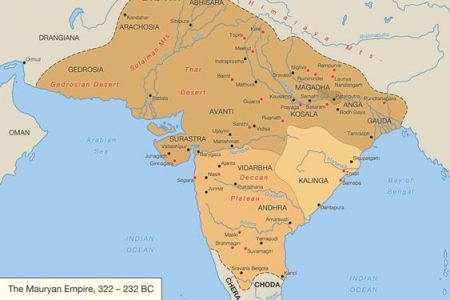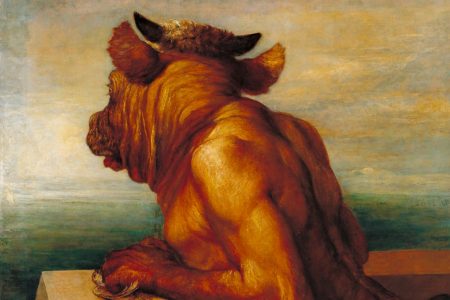To conclude our weeklong celebration of the women from Greek Antiquity, we are looking at another important queen from the Hellenistic period: Berenice I of Egypt. She was the fourth wife of the founder of the Ptolemaic dynasty but also the most important one as she was the mother of his successor Ptolemy II Philadelphus …










